Introduction
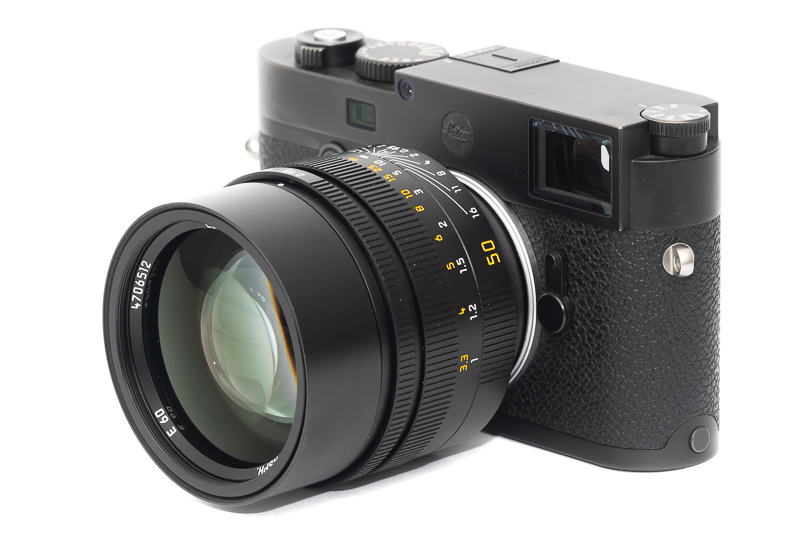
For one decade (2008-2018) the Leica 50mm 0.95 Noctilux-M Asph was Leica’s most expensive M-mount lens and it is still the fastest lens in their line up to this day.
Now in 2023 there are many f/0.95 lenses from China available for your mirrorless camera of choice, but in 2008 – when most people were using (D)SLRs – this was a unique offering and something you could only find in the M-system.
But is this lens (still) worth the asking price? Let’s try to find out.
This lens will be reviewed on the 42mp Sony A7rII and the 24mp Leica M10.
This lens is also part of my Comparison of 6 Super Fast 50mm M-mount Lenses together with the Zhong Yi 50mm 0.95 M, the Voigtländer VM 50mm 1.0 Nokton, MS-Optics 50mm 1.0 ISM, Mr. Ding 50mm 1.1 and Voigtänder VM 50mm 1.2 Nokton.
Sample Images

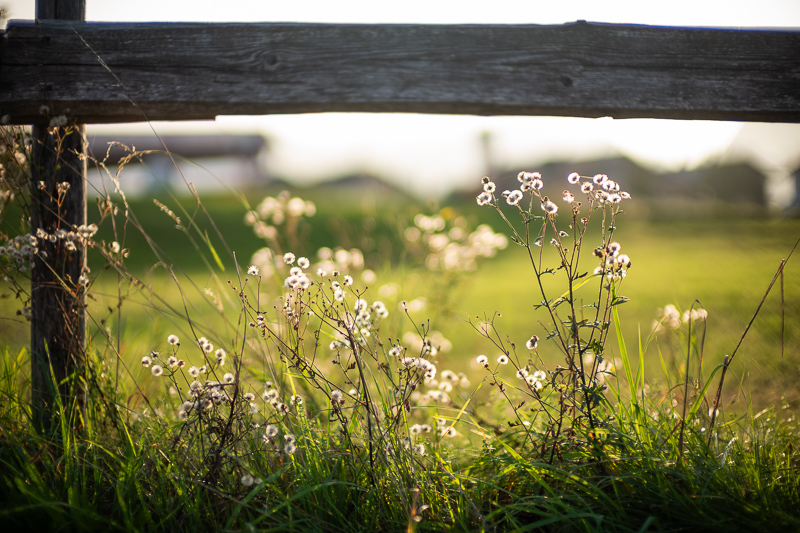
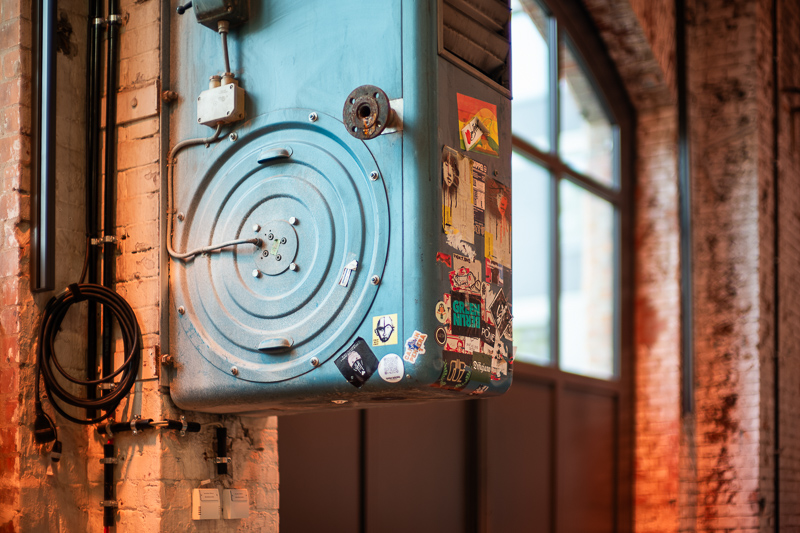

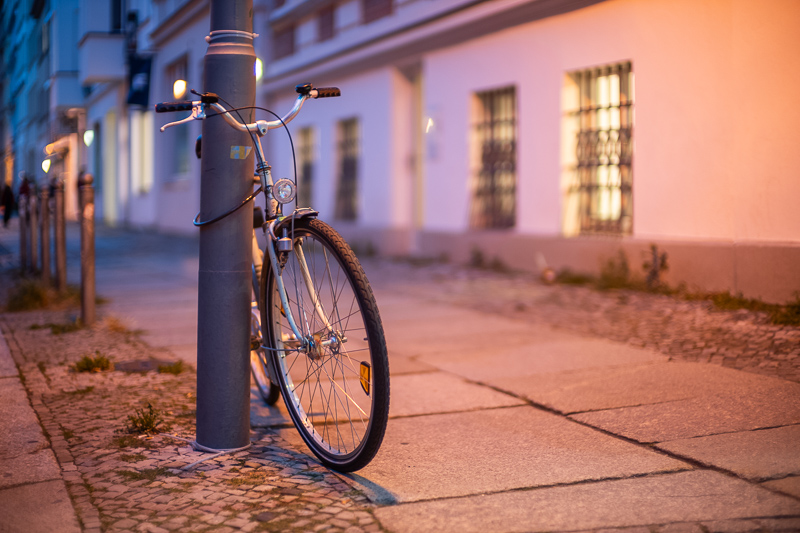
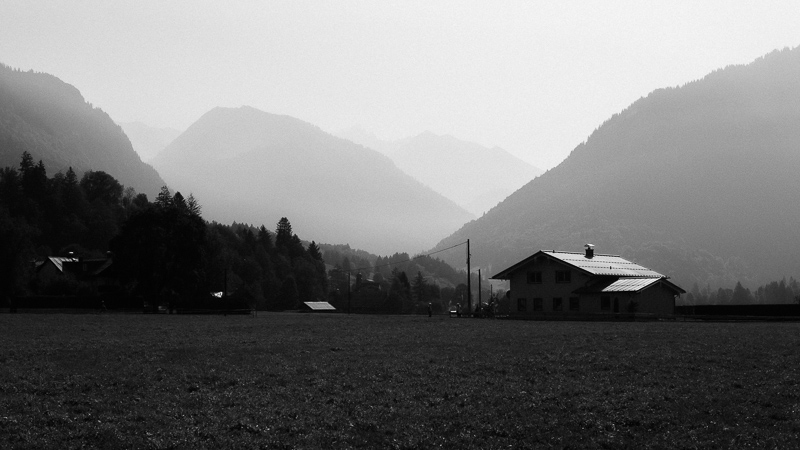
Most of the sample images in this review can be found in full resolution here.
Contents
Specifications / Version History
Over the decades there have been three 50mm lenses carrying the Noctilux trade name:
- Leica 50mm 1.2 Noctilux
470g, 6/4 design, 16 aperture blades, Series VIII filters, 2 hand ground aspherical elements, MFD 1.0 m, 1966-1975 - Leica 50mm 1.0 Noctilux-M
580g, 7/6 design, 10 aperture blades, M58/E60 filter, all spherical design, MFD 1.0 m, 1976-2008 - Leica 50mm 0.95 Noctilux-M Asph
767g*, 8/5 design, 11 aperture blades, E60 filter, 2 aspherical surfaces, floating elements, MFD 1.0 m, 2008-
As you can see the Noctilux got faster, heavier and more complex over the years. The 50mm 1.0 came in three different versions sharing the same optics and the 50mm 1.2 has been rereleased in Leica’s “Historical Series” in 2021.
I am reviewing the latest Leica 50mm 0.95 Noctilux-M which has the following specifications:
- Actual focal length: 52.3 mm
- Diameter: 73 mm
- Length: 75.1 mm
- Weight: 767g* (measured, without caps)
- Field of view: 47° (diagonally)
- Filter Diameter: E60
- Number of Aperture Blades: 11 (mostly straight)
- Elements/Groups: 8/5

- Close Focusing Distance: 1.0 m
- Maximum Magnification: 1:17
- Mount: Leica-M
*Leica states “ca. 700g” in their official data sheet.
buy from amazon.com | amazon.de | B&H | ebay.com | ebay.de for $12.995 (affiliate links) you can also find used samples starting around $6000
Disclosure
This Leica Noctilux-M 50mm 0.95 Asph was kindly provided free of charge by our reader Dirk B. from Pforzheim for reviewing purposes, thanks a lot!
Handling / Build Quality

Generally Leica uses nice materials for their lenses and the tolerances are tight. This 50mm 0.95 is no exception and feels like it is an all metal construction and all the markings are engraved and filled with paint.
The focus ring travels a little over 90° from infinity to the minimum focus distance of 1.0 m. The Leica 50mm 1.4‘s focus ring had a slightly uneven resistance, this is not the case here, despite the 0.95 also featuring a floating elements design.
The aperture ring has very distinct and equidistantly spaced half-stop click-stops and travels ~160° from f/0.95 to f/16. As is the case for many Leica M-mount lenses I have tried, the aperture ring turns a bit past the f/0.95 mark and you can also see the diaphragm opening a little more. This has no effect on the light gathering capabilities or the bokeh, but depending on where the light is coming from it can have a small effect on the flare performance.
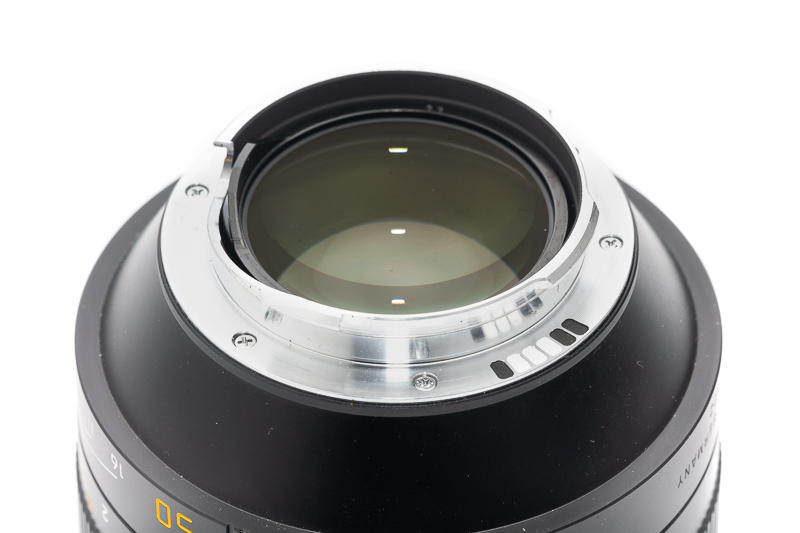
When looking at the lens from the rear you can see a very small metal part to engage with the rangefinder coupling – to ensure an as-big-as-possible rear element – as well as the 6-bit code.
When it comes to lens hoods a retractable design generally is my favorite. You never leave the hood at home and it is always there when you need it. Some of these retractable hoods are a bit wobbly but this is not the case here.
When the hood is extended it can also be locked in place by a small rotation. Contrary to the Leica 50mm 1.4 Asph as well as my old Leica 90mm 2.0 pre Asph the hood often extends by itself though.
This lens also features an uncommon E60 filter thread. Leica does offer an UV, 16x ND and CPL filter in this size and if you are using an M10r or earlier model it is probably a good idea to get the ND filter to be able to use this lens at wider aperture settings in daylight.
The Leica 50mm 0.95 is one of the biggest 50mm lenses in M-mount, so no matter the distance set on the focus ring and whether the hood is extended or retracted, there is a lot of rangefinder blockage:
Because of its weight and dimensions the Leica 50mm 0.95 is in the category of lenses where I wonder how much sense they actually make on the smallish M-mount cameras.
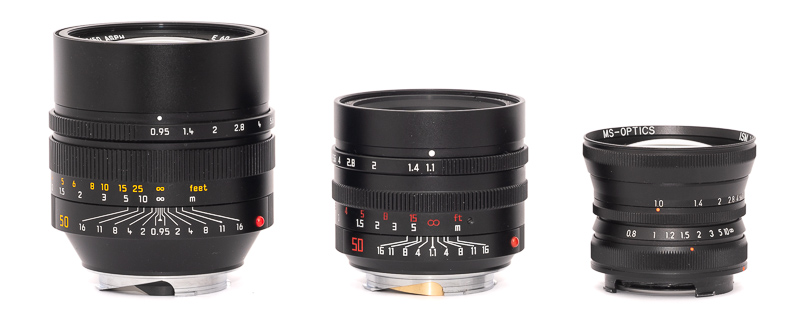
There are adapters available that allow using this lens on pretty much any modern mirrorless camera. You could e.g. use the TTArtisan 6-bit adapter so it will be properly recognized as a Leica 50mm f/0.95 lens when used on a Sony-E/Nikon-Z camera or you could use the Techart LM-EA9 to turn it into an AF lens (the AF worked decently from f/2.8, but not at wider apertures):
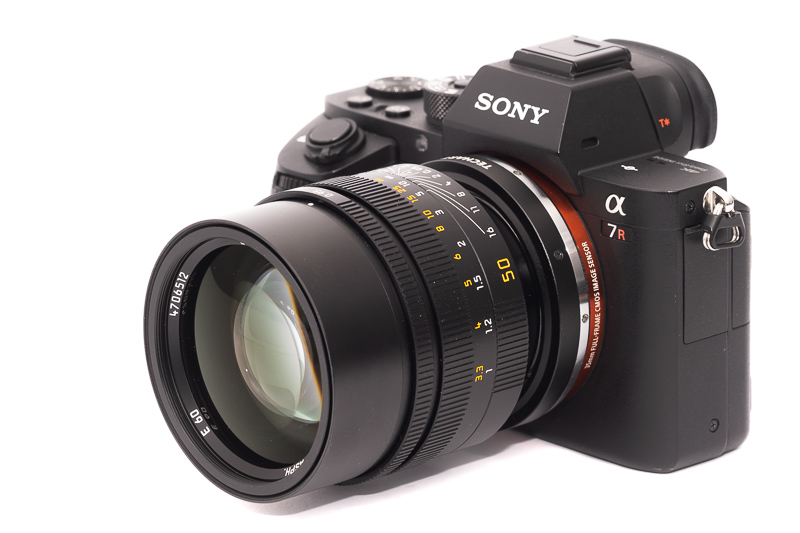
Because of the floating elements and the shallow depth of field this lens probably should be calibrated to your rangefinder camera if you aim to mainly use it with the rangefinder (not something I would recommend).
Vignetting
Light falloff
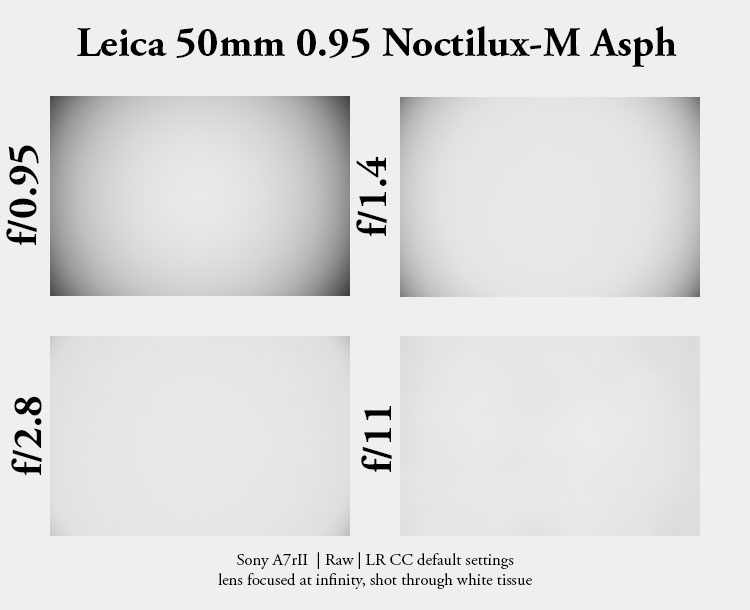
| f/0.95 | 3.5 EV |
| f/1.4 | 2.5 EV |
| f/2.0 | 1.8 EV |
| f/2.8 | 1.2 EV |
| f/4.0 | 0.6 EV |
| f/5.6 - f/16 | 0.4 EV |
The vignetting values at the maximum aperture are very similar to the other super fast 50mm M-mount lenses I tried. The other two 50mm f/0.95 M-mount lenses I used (Zhong Yi 50mm 0.95 M and TTArtisan 50mm 0.95) both struggled in the corners stopped down though, this is not the case here, as the illumination is very even from f/5.6 onwards.
At shared apertures I hardly see any benefit over the Leica 50mm 1.4 Asph.

It is recommended to have a look at this article first to get an idea how this brightness graph works.
Optical vignetting
Fast lenses usually show a noticeable amount of optical vignetting, especially so the compact ones. Without going too much into technical details optical vignetting leads to the truncation of light circles towards the borders of the frame.
In the center of the frame almost every lens will render a perfect circle, but only lenses with very low optical vignetting will keep this shape in the corners.
So in the following comparison we move from the center (left) to the extreme corner (right) and see how the shape of the light circle changes.
I did not shoot both lenses at the same distance because I did not have both lenses at the same time. This is just a qualitative comparison. Shoot at the same distance and cropped to the same degree the circle of the f/0.95 lens @ f/0.95 would of course be much bigger than those of f/1.4 lens @ f/1.4.
The amount of optical vignetting is massive. It is actually one of the highest amounts I have ever seen, in the same ballpark as the tiny MS-Optics lenses like the 50mm 1.0 ISM. The other two 50mm f/0.95 M-mount lenses I used (Zhong Yi 50mm 0.95 M and TTArtisan 50mm 0.95) both show less optical vignetting – and also more natural shapes of out of focus highlights in the corners.
The comparison to the Leica 50mm 1.4 Asph is also interesting. The 50mm 0.95 features way bigger lens elements and one would expect that the optical vignetting stopped down to f/1.4 will be lower than that of the 50mm 1.4 lens at its maximum aperture, but that isn’t really the case.
Interestingly we hardly see any onion ring structures, so the polishing of the aspherical elements must be really good.
Sharpness
Focus shift
A positive surprise: the Leica 50mm 0.95 does not have any issues with focus shift. Looking at the f/0.95 crop one may raise the question if resolution and contrast peak in the same focal plane though (resolution around 0, contrast maybe more around 1), I chose the setting with the least color aberrations and highest resolution here.
MTF-Graphs

At f/0.95 the MTF graphs promise decent contrast in the center of the frame and low astigmatism up until 10mm from the center. Behind that point the contrast drops noticeably, astigmatism increases and resolution looks pretty wonky.
Stopped down to f/5.6 the resolution and contrast increase greatly and except for the corners the performance should be impeccable.
infinity (42mp Sony A7rII/24mp Leica M10)

Performance at f/0.95 at infinity isn’t particularly great, but that doesn’t really come as a surprise, as I don’t think this lens has been optimized to be used at infinity at its maximum aperture.
On the Leica M10 I see very good center performance from f/2.0, midframe performance from f/4.0 and the corners look best at f/8.0 (but already close to that at f/5.6).
When used on a Sony (or any other mirrorless camera with a thicker filter stack) it takes stopping down more (to f/5.6) for the midframe and for the corners (best f/11) to catch up.
The corners of the TTArtisan 50mm 0.95 and MS-Optics 50mm 1.0 ISM always look bad, even stopped down to f/11. The Zhong Yi 50mm 0.95 M on the other hand was a big surprise, as it showed a very even performance already at f/2.8 here. The Mr. Ding 50mm 1.1 and Voigtländer VM 50mm 1.2 can also be used for architecture/landscape shooting stopped down.
portrait 1.5 m (24mp Sony A7III/Leica M10)
Let’s see what the performance is like at a typical portrait distance for a 50mm lens of ~1.5 m.

We will be looking at 100% crops from the 24mp Sony A7III and the Leica M10. Both cameras do not have an anti aliasing filter in front of the sensor.
Leica M10 <—> Sony A7III
Now this is the focus distance range I would expect this lens to be used at the most when set to f/0.95, so a good performance here is something I would definitely care about.
In the center and the inner midframe the performance is good for an f/0.95 lens, the outer midframe is a different story though and also stopping down to f/1.4 doesn’t make a big difference. With the subject in this part of the frame also focusing isn’t particularly easy.
How does this compare to the other fast M-mount 50mm lenses I tried? The Zhong Yi 50mm 0.95 M looks slightly worse in the inner midframe but similar in the outer midframe. The TTArtisan 50mm 0.95 looks worse in the center but better in the midframe. The Mr. Ding 50mm 1.1 is less contrasty in the center, but the outer midframe looks much better. The MS-Optics 50mm 1.0 ISM has lower contrast but surprisingly good resolution at f/1.0.
The best lenses here are the Voigtländer VM 50mm 1.0 Nokton and VM 50mm 1.2 Nokton.
What is the takeaway message? I would have hoped for the Leica lens to pull ahead of the competitors here, but it cannot compete with the Voigtländers and even the Mr. Ding looks better off center.
Close 1.0 m, 1:17 (42mp Sony A7rII)
A minimum focus distance of 1.0 m is not particularly great for a 50 mm lens, not even for an M-mount lens. The floating elements design seems to have helped with the resolution at these distances, but at f/0.95 the contrast is very low and at f/1.4 we still see some color aberrations.
The performance looks better compared to most other M-mount lenses faster than f/1.4 I tried, but also here the Voigtländer VM 50mm 1.0 Nokton shows a more impressive performance while even focusing a bit closer (0.9 m).
Flare resistance
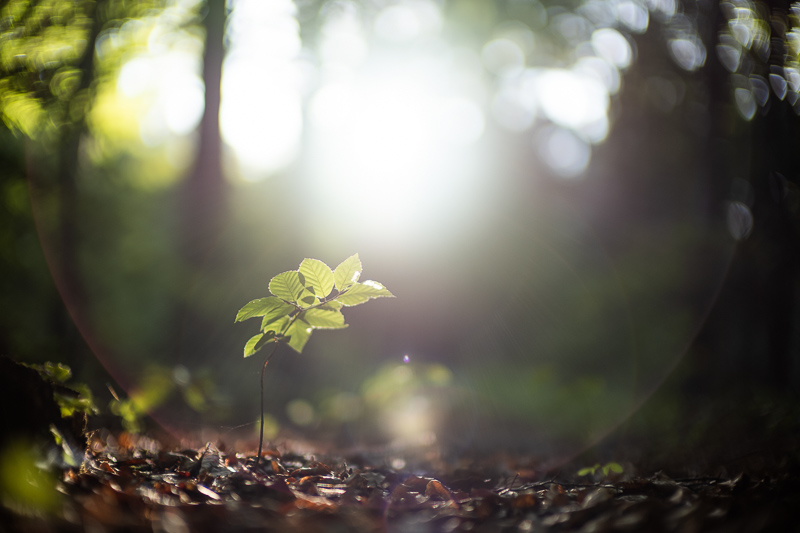
This is another category where the f/0.95 lenses usually struggle. A lot. The Zenitar 50mm 0.95 FE even holds the crown for being the worst lens in this regard I ever used.
But let’s have a look at some scenes at different apertures first, before jumping to any conclusions.
At f/0.95 to f/1.4 we can encounter a ring flare when there is a strong point light source close to the center of the frame. This is something that I have seen quite often with these super fast lenses. We also see some ghosts and veiling flares in these scenes.
With the sun outside the frame (despite using the hood) there are also plenty of artefacts that may appear.
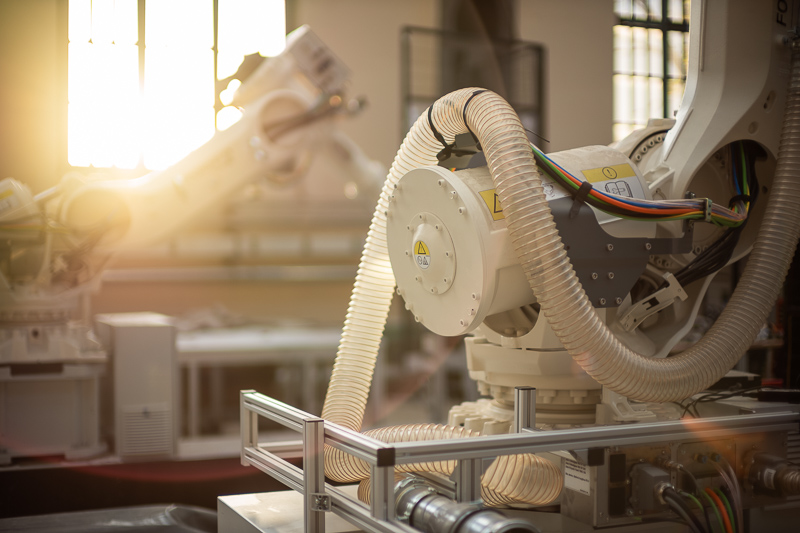
Better than the sub $1000 super fast lenses (e.g. TTArtisan 50mm 0.95, any Zhong Yi 50mm 0.95, Mr. Ding 50mm 1.1) but worse than the better Voigtländers (VM 50mm 1.0 Nokton and VM 50mm 1.2 Nokton).
Coma
The super fast M-mount lenses have all been pretty awful at their maximum aperture in this category and this Leica 50mm 0.95 is by no means an exception. It even shows some of the biggest and most obtrusive artefacts in the corners I came across so far.
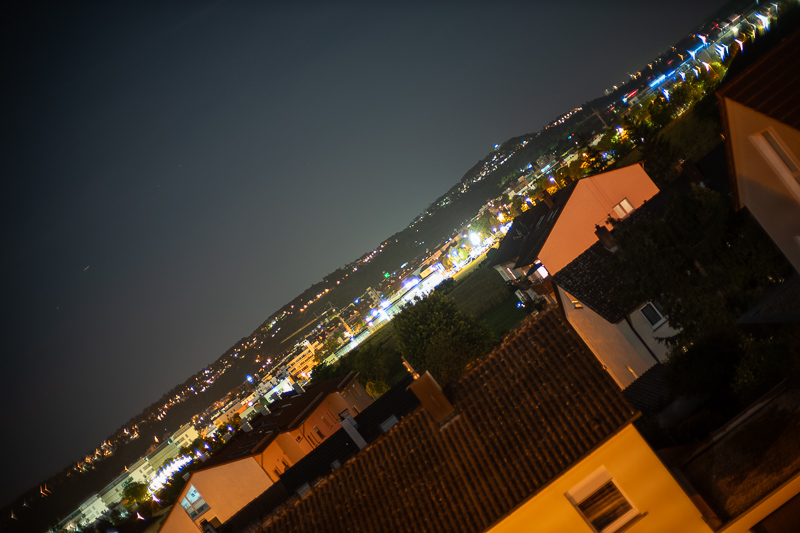
By stopping down to f/4.0 the performance is really good in the corners, this is also true for the Zhong Yi 50mm 0.95 M and the Voigtländer VM 50mm 1.2 though.
Again the comparison to the Leica 50mm 1.4 is interesting, as the slower f/1.4 lens performs noticeably better at shared apertures.
Distortion
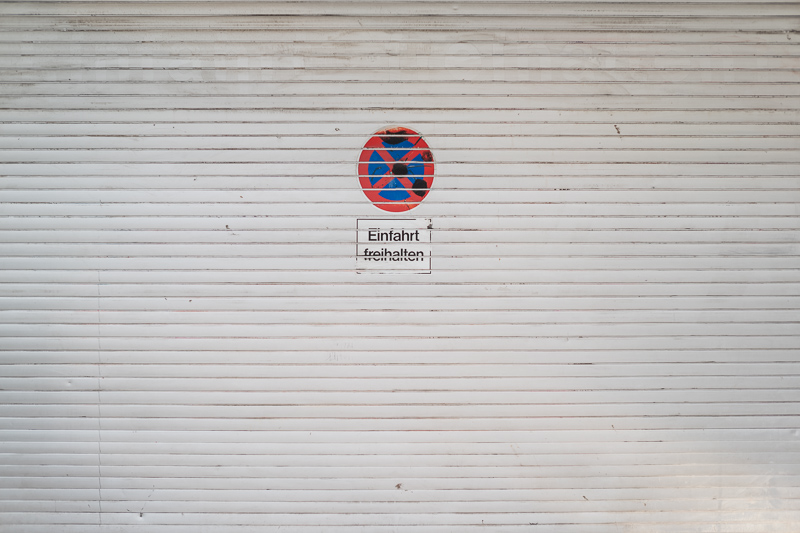
The Leica 50mm 0.95 Noctilux shows barely any distortion, I didn’t feel the need to correct it in any of the pictures you see in this review. A correction profile is available in Lightroom/CameraRAW though, should you feel the need to apply it.
Bokeh

In 2023 the bokeh rendering is the sole reason to consider getting an f/0.95 lens, so let’s have a closer look what the Leica 50mm 0.95 Noctilux-M has in store for us here.
Close distance
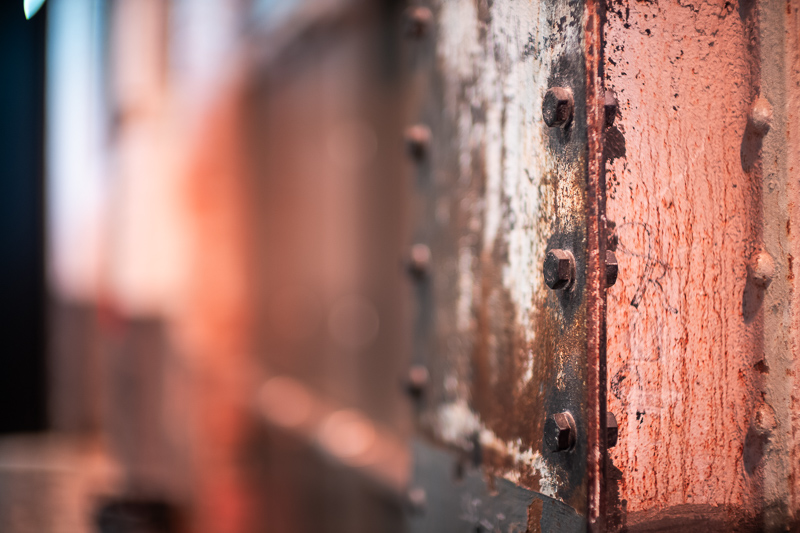




Most lenses draw a smooth bokeh at close distances, but here the minimum focus distance is already 1.0 m and depending on the background, “smooth” is not the first adjective that comes to my mind.
In the first two pictures we have an unstructured background without any small details leading to a smooth, undistracting background bokeh. Also the transition from in-focus to out-of-focus is beautiful.
In the third picture we again see a nice transition, only in the top right corner where there are more details in the background we start to see double-structures and a generally busier rendering.
In the fourth and fifth picture optical vignetting and field curvature make themselves felt in a way which is very distracting to my eyes. The triangular out of focus artefacts in the corner and border regions draw a lot of attention from the actual subject.
These triangular shapes are something you will often see with this lens when used at wider apertures.
Mid distance
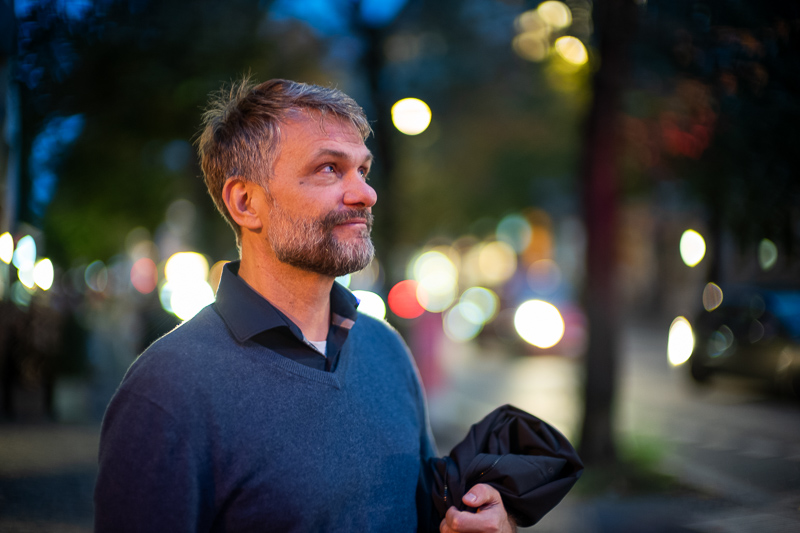

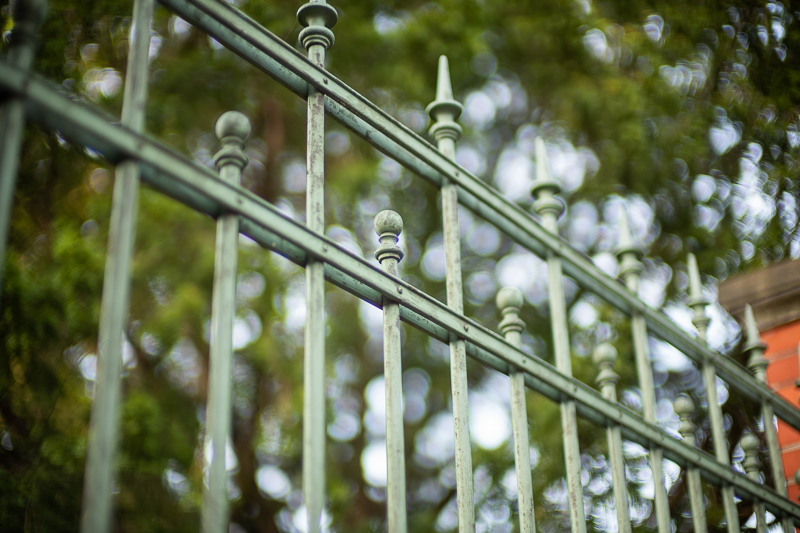
The trend continues at mid distances, the bokeh in the central part of the frame is beatiful, but things fall apart towards the borders and corners when the backgrounds have some kind of structure.
In the first picture there is nothing structured in the corners and while the cat’s eye shaped highlights are obvious, this picture looks perfectly fine to me and the background is not rendered in a distracting way.
Now the second and third picture are a different story. Here the border and corner regions easily distract from the actual subject. In the second picture the clothes racks on the sides are way more in focus than they should be. The third picture in this section, it is a real worst case scenario: I focused on the round ornament which is second from the left. Now obviously the ornaments on the right are farthest away from the camera and should be most blurred, but as you can see, this isn’t the case, because the field is bent significantly.
Long distance
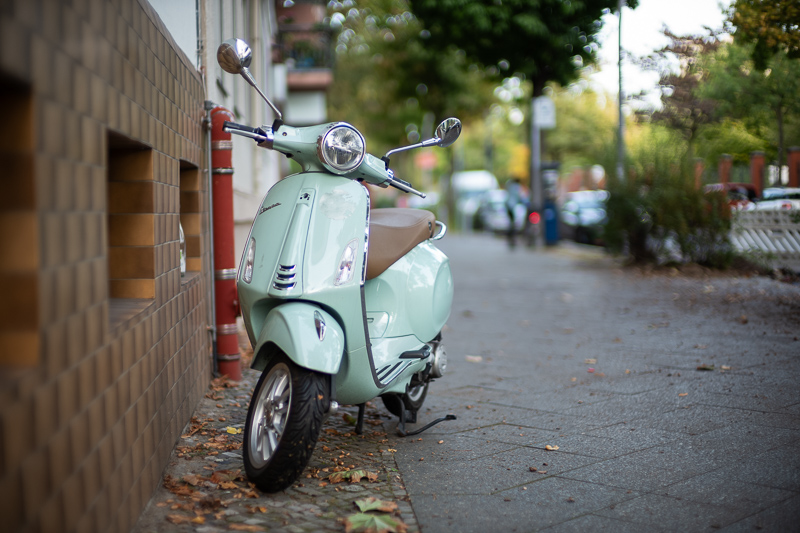



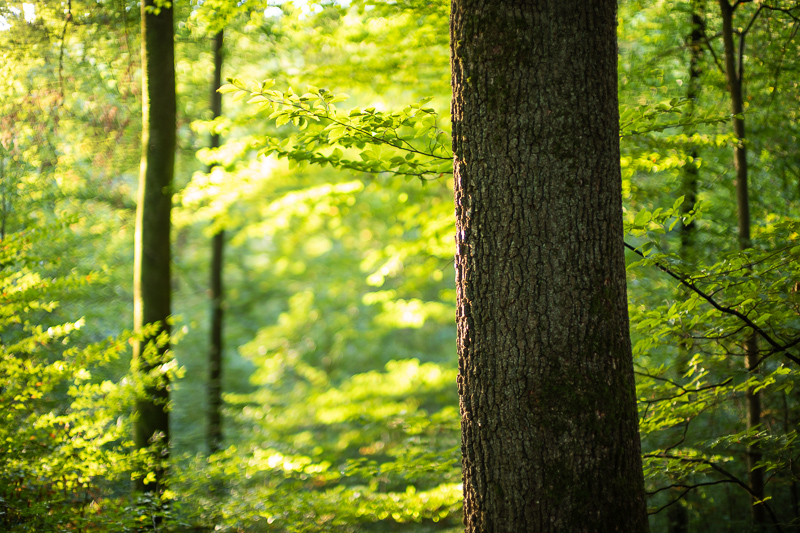
At longer focus distances, the situation only gets worse. In the first picture with the scooter you can easily see the u-shaped focal plane, bringing the right edge in focus despite being far, far behind the scooter. In the second picture I also don’t think the umbrella on the right should be in focus and same goes for the wall and windows in the background of the fourth. With the forest picture it is a good idea to have a closer look at it in higher resolution, again the center looks nice, but weird things start to happen when you move towards the borders.
I have used the following scene before to showcase the affect optical vignetting and field curvature can have on the bokeh rendering, but this time I pivoted the camera after the first shot to also show you, what the elements in the corner would look like if they were in the center of the frame:
As you can see there is a huge difference between bokeh rendering in the center of the frame compared to the corners.
All in all, I am not a particularly huge fan of the bokeh rendering of this Leica 50mm 0.95 Noctilux-M. At longer distances the field curvature often leads to wonky effects and already at closer distance those triangular shaped highlights look distracting and unnatural to me.
I compared this lens to five other super fast 50mm M-mount lenses and it was always easiest to pick out this lens, because either the field curvature or the triangular highlights gave it away. This means pictures taken with this lens clearly have a high recognition value, I am just not sure if – in this case – that is a good thing.
Sunstars
Not only the number and shape of the aperture blades is important here, also the production tolerances.
I have not seen a modern Leica lens with a sloppily manufactured aperture diaphragm yet, so despite using 11 aperture blades – not the first choice for distinct sunstars – we see well defined and appealing 22-pointed sunstars at f/4.0 to f/11.
If you want to learn more about sunstars have a look at this article.
We also see strong spherical aberration at f/0.95 here, making itself felt by the purple halos around point light sources. Something we also know from e.g. the Zhong Yi 50mm 0.95 M and the Voigtländer VM 50mm 1.2.
Chromatic aberration
lateral
Lateral CA are almost non-existent. When this lens had been released this aberration still had to be corrected by the lens’ optical design and not in post.
longitudinal
Even by 2023 no manufacturer managed to release an f/0.95 lens that is perfectly corrected for CA. Not even the Nikon 58mm 0.95 Noct with its 17 elements manages to do that.
Unsurprisingly this Leica 50mm 0.95 shows a strong amount of longitudinal CA at f/0.95, easily visible even at smaller resolutions:
Leica M10 | Leica 50mm 0.95 | f/0.95
Purple fringing is also on the strong side in scenes with high contrast. How much stopping down is needed to get rid of this aberration?
Leica M10 | Leica 50mm 0.95 | 100% crops
At f/2.0 you still see a noticeable amount of outlining, it really takes stopping down to f/2.8 to get rid of it.
A typical performance among the 50mm f/0.95 lenses.
Conclusion
good
|
average
|
not good
|
I could just tell you here, that I think the Voigtländer VM 50mm 1.0 Nokton does (almost) everything better than this lens, while being smaller, lighter and costing way less. But that might actually be a rather shortsighted view on things.
When this Leica 50mm 0.95 Noctilux-M was first released in 2008 there hasn’t even been a digital fullframe M-mount camera yet, so this lens was probably still calculated with mainly analogue photography in mind. The official data sheet even mentions the fall off towards the corners isn’t a big deal, because the M8 is a crop frame camera anyway.
Heck, it took until 2013 before we saw the first M-mount camera (Leica M Typ 240) with liveview to properly focus a lens like this. For its time this lens was a big deal and from everything I have seen also a huge step up from the previous Noctilux lenses.
I think it is obvious, but I mention it nevertheless: you should only consider getting this lens if you intend to use it at f/0.95 a lot. Because if this isn’t the case, the Leica 50mm 1.4 Summilux-M Asph does pretty much everything better than this lens from f/1.4 onwards and it is way more fun to use, thanks to being much smaller and lighter.
Now that also means, you should really like the look this lens yields at f/0.95, because that is what you are paying a lot of money for. Me personally, I am not among those people. I find the look created by the massive optical vignetting in combination with the field curvature leads to very distracting bokeh towards the edges and corners. I want my subject to be the subject, but here the wonky corner bokeh often draws too much attention away from it.
But this is just my opinion. Some readers told me in the past they think this wonkiness adds to a kind of “3D effect” (personally I think the opposite is the case), so this rendering does seem to have fans as well.
Considering the competitors that have been released since 2008 it might be a good idea for Leica to update this lens as well. That being said, I really wonder if there ever had been a Voigtländer VM 50mm 1.0 Nokton or a TTArtisan 50mm 0.95 or any of the Zhong Yi 50mm 0.95 lenses, if it hadn’t been for this Leica lens to begin with.
buy from amazon.com | amazon.de | B&H | ebay.com | ebay.de for $12.995 (affiliate links) you can also find used samples starting around $6000
Alternatives
I reviewed a lot of 50mm M-mount lenses all of which you can find listed here.
You can also have a look at my comparison of six super fast 50mm M-mount lenses including this Leica 50mm 0.95 Noctilux-M, the Zhong Yi 50mm 0.95 M, the Voigtländer VM 50mm 1.0 Nokton, MS-Optics 50mm 1.0 ISM, Mr. Ding 50mm 1.1 and Voigtänder VM 50mm 1.2 Nokton.
Sample Images








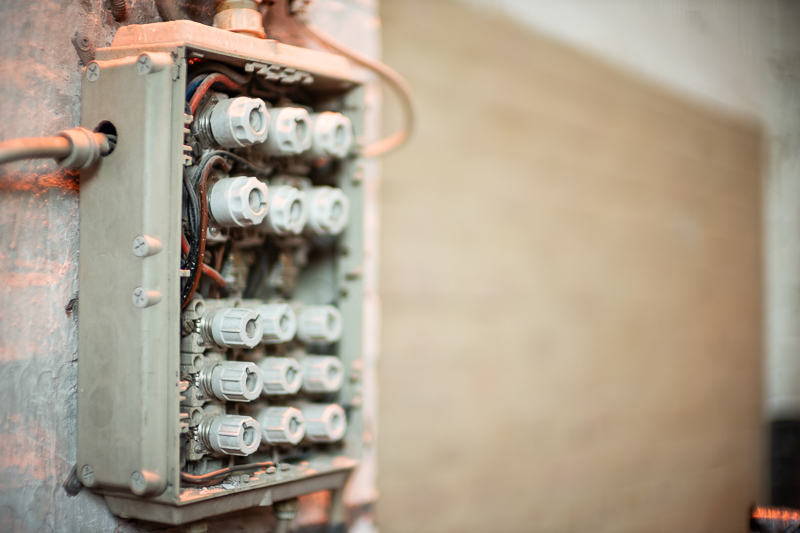




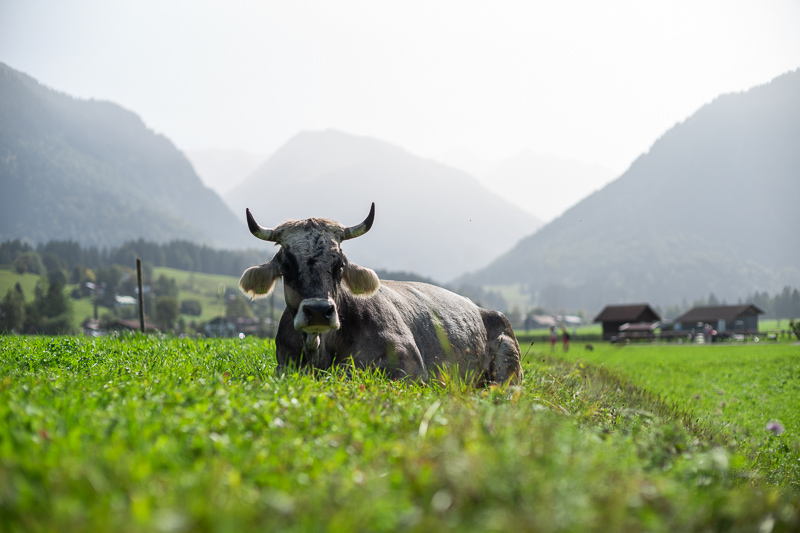




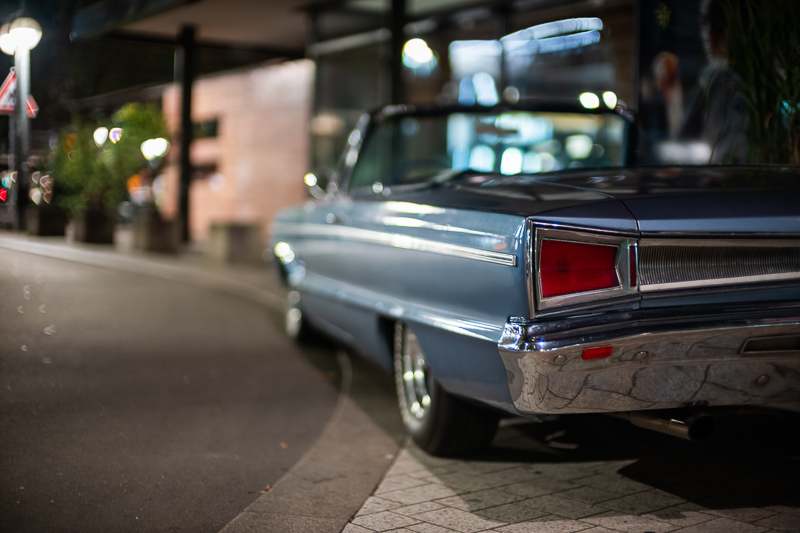
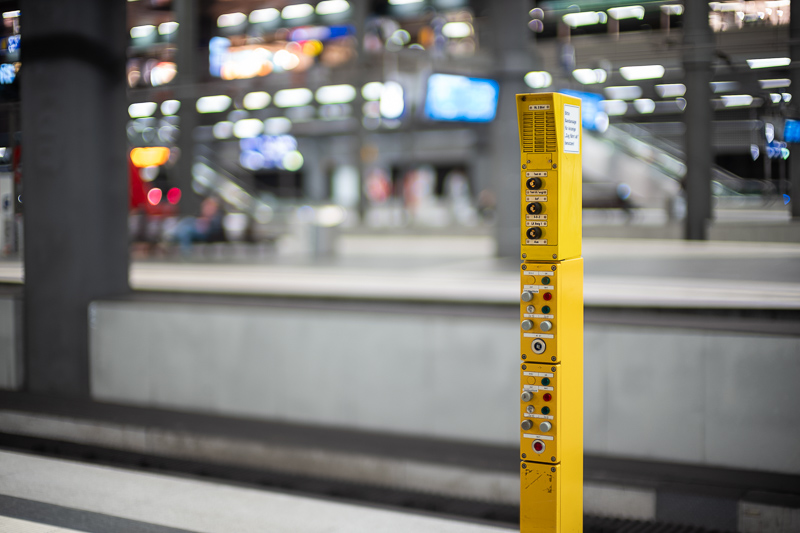
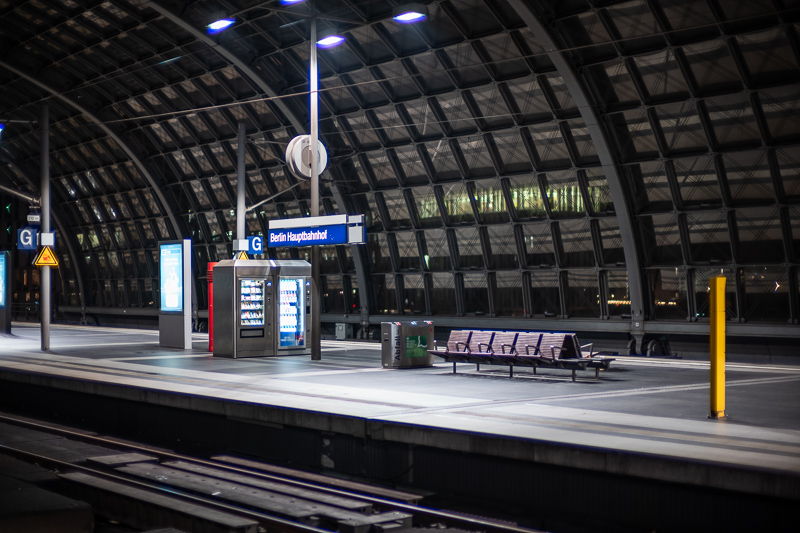
Most of the sample images in this review can be found in full resolution here.
Further Reading
- All M-mount reviews
- Analogue Adventures Landing Page
- Review: Techart LM-EA9 AF adapter
- Bokeh explained
- Review: Laowa 35mm 0.95 – The world’s fastest 35mm lens
Support Us
Did you find this article useful or just liked reading it? Treat us to a coffee!
![]()
![]()
![]() via Paypal
via Paypal
This site contains affiliate links. If you make a purchase using any of the links marked as affiliate links, I may receive a small commission at no additional cost to you. This helps support the creation of future content.
Latest posts by BastianK (see all)
- Analogue Adventures – Part 46: Fujichrome Provia 400F (expired) - November 19, 2025
- Review: Irix 45mm 1.4 Dragonfly - November 15, 2025
- Review: Nikon 50mm 1.8 Series E - November 12, 2025


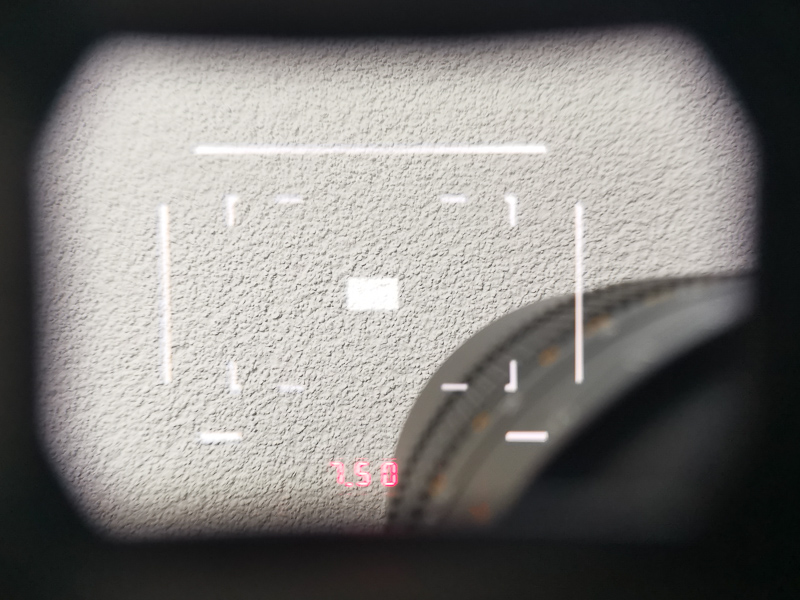

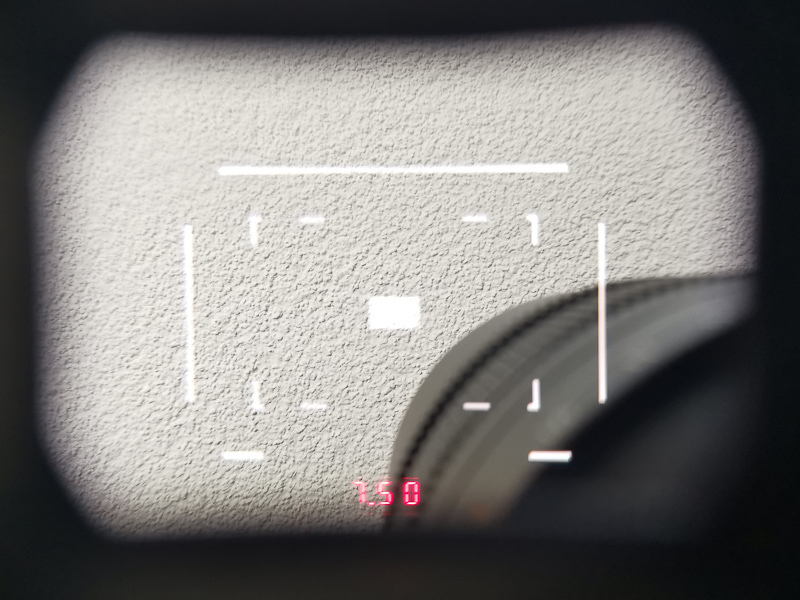
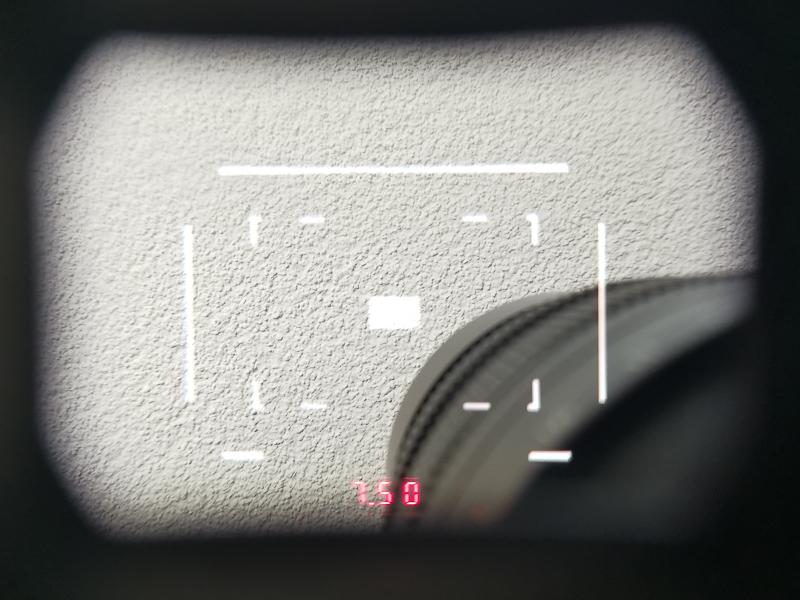





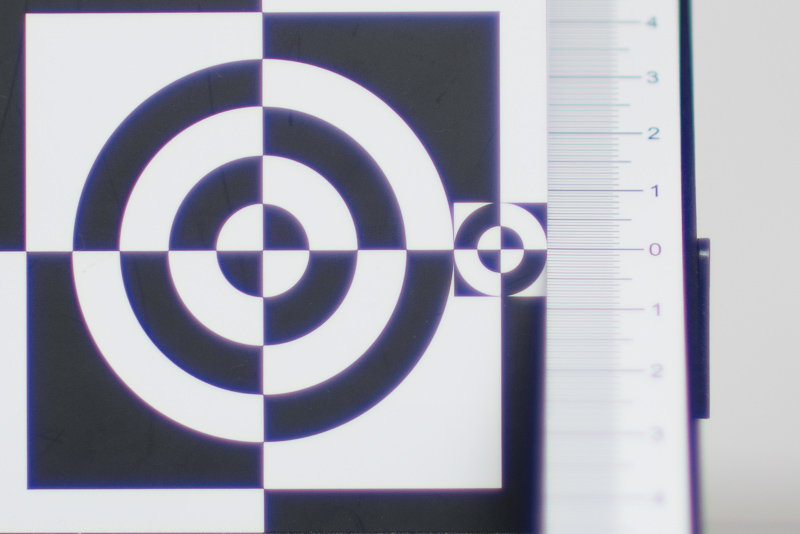
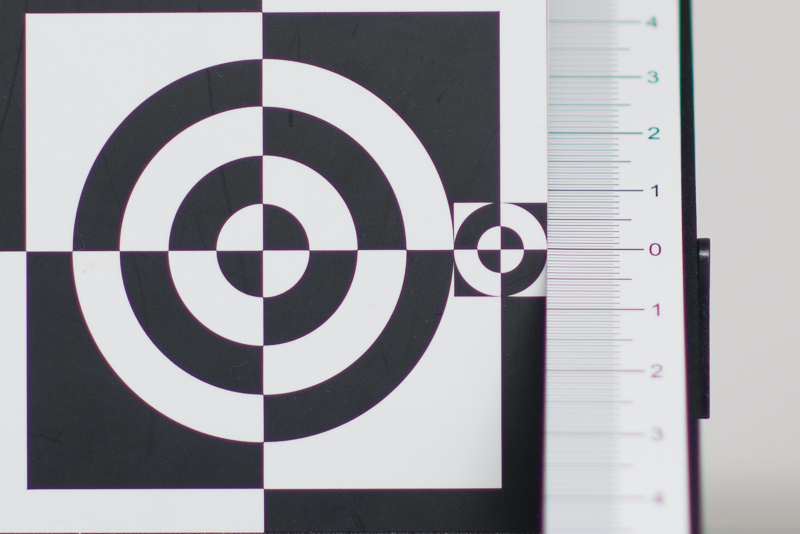
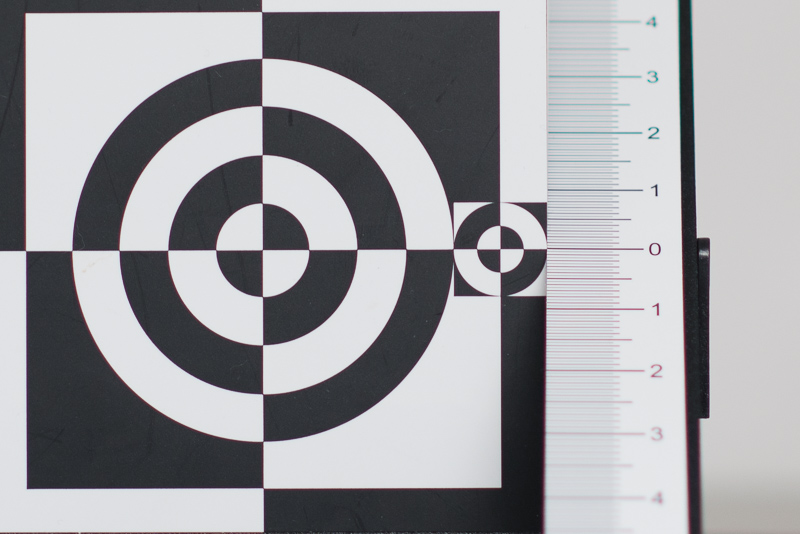

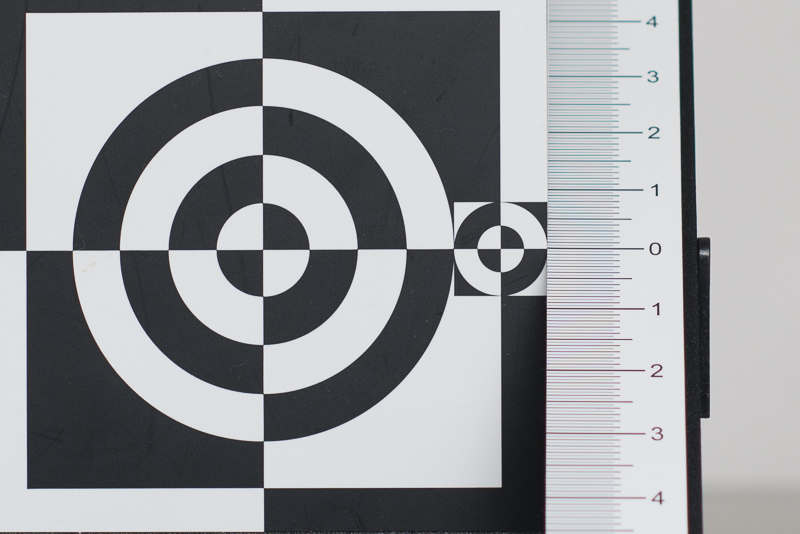


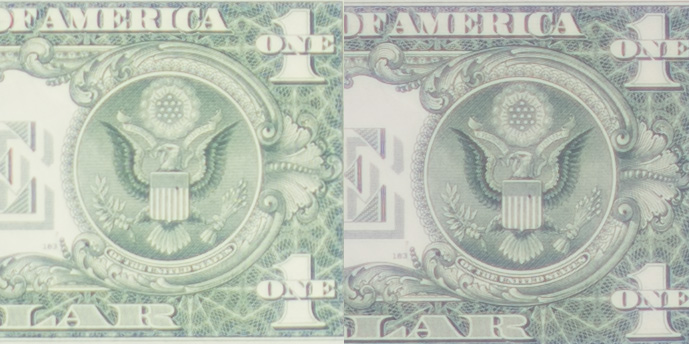
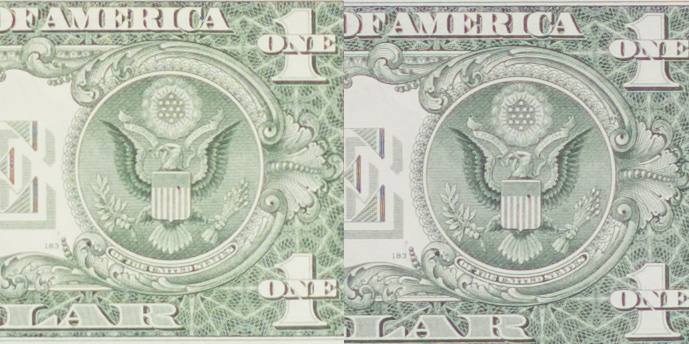





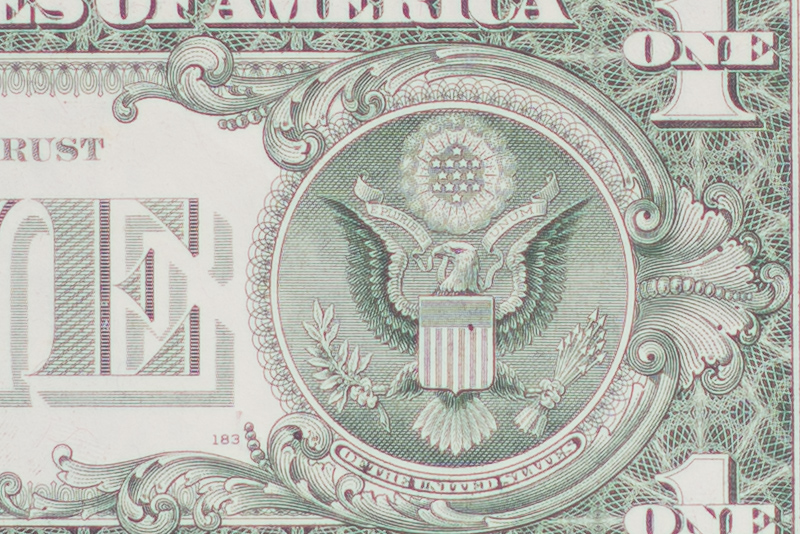


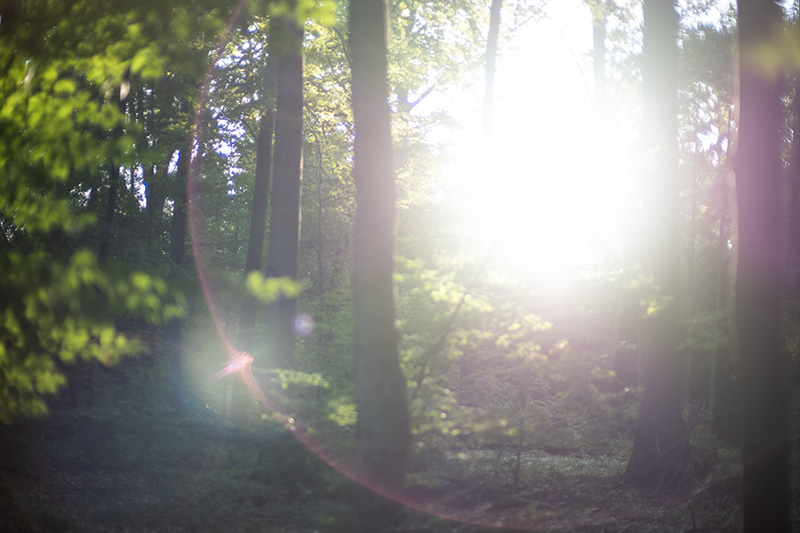
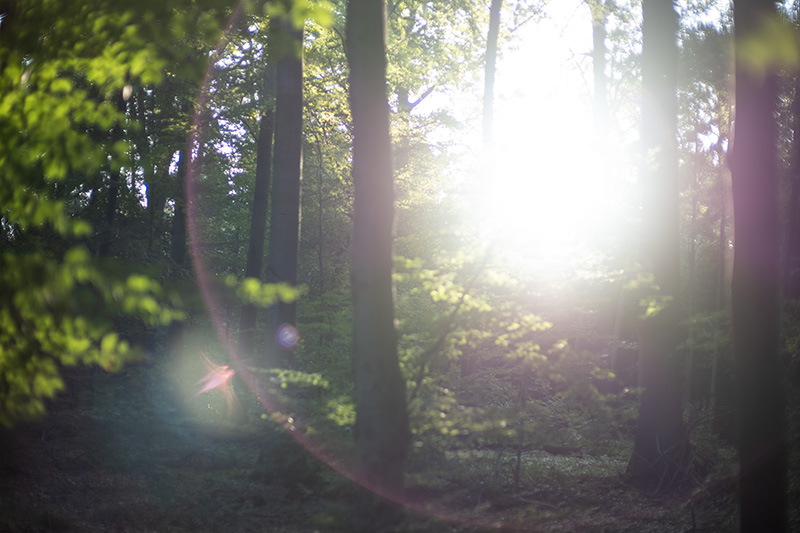
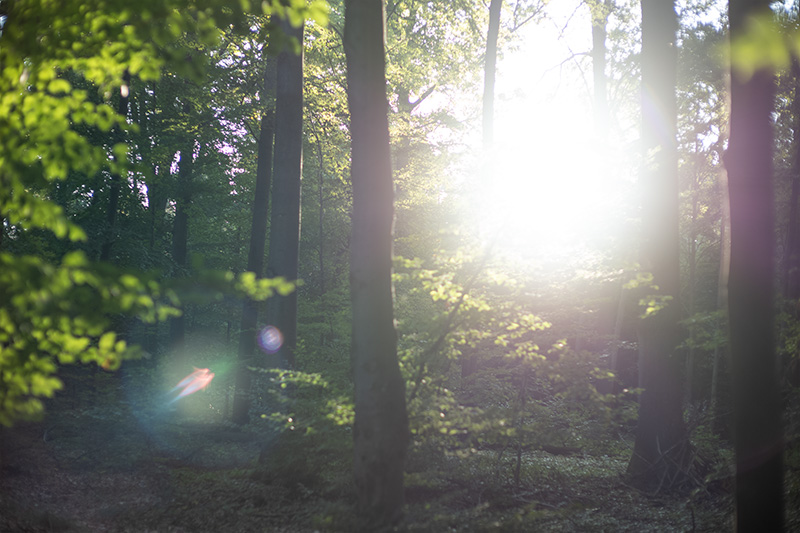
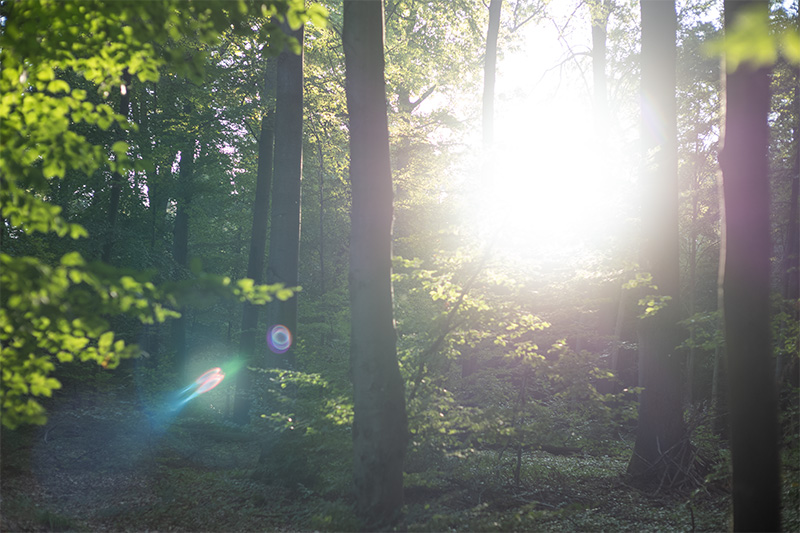

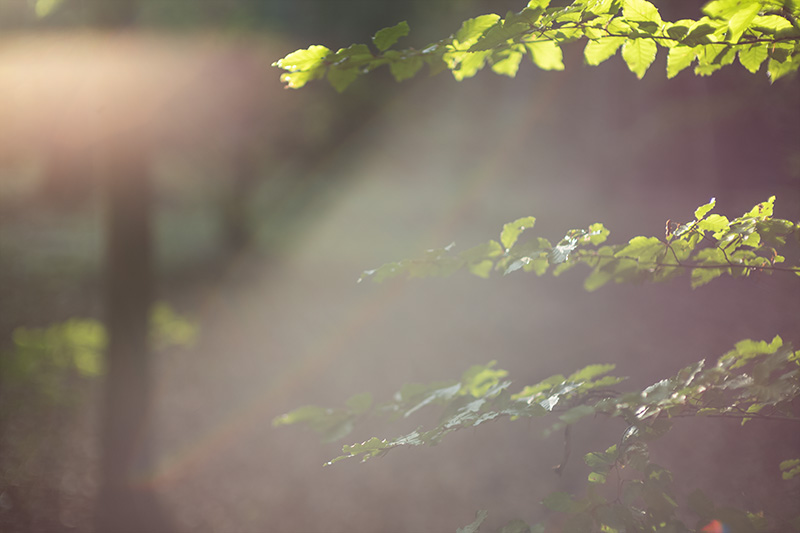
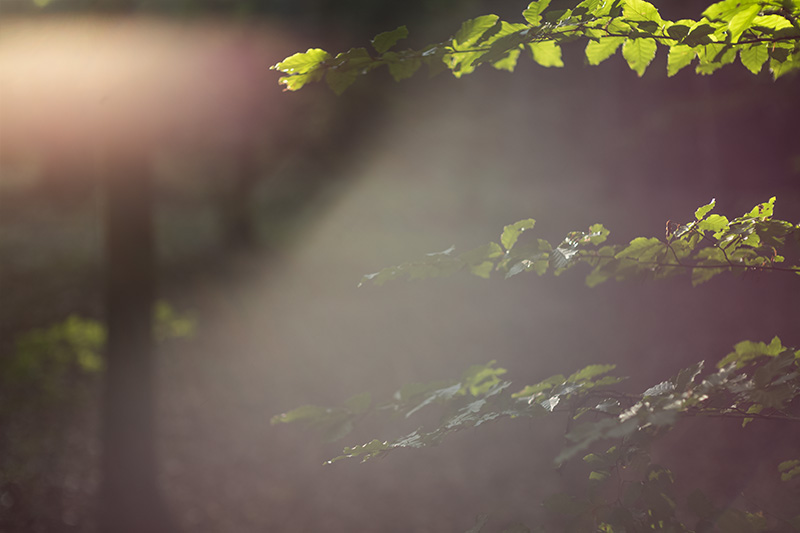




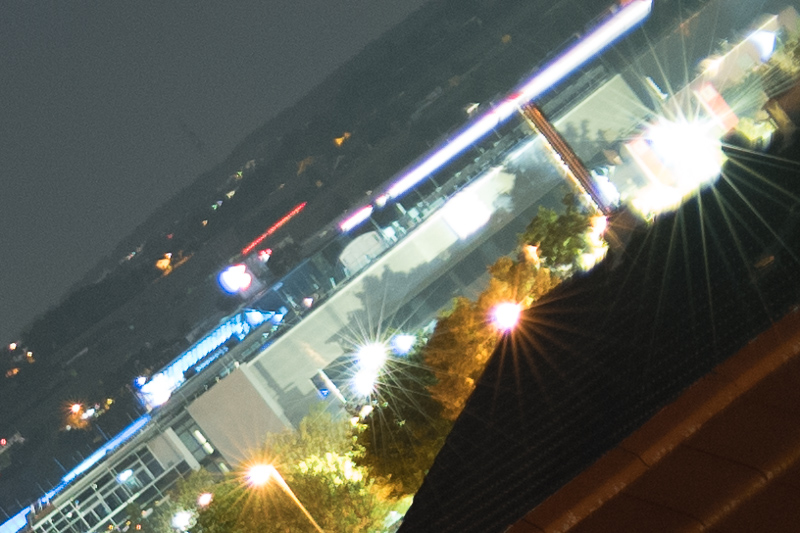


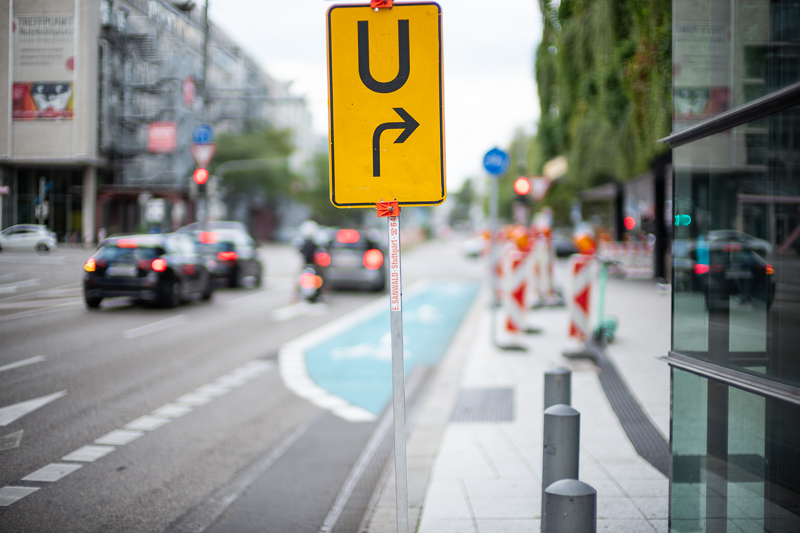
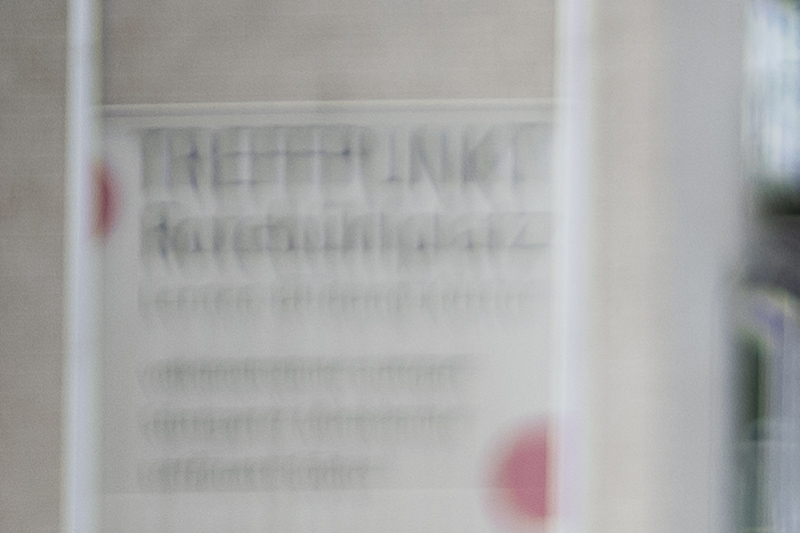













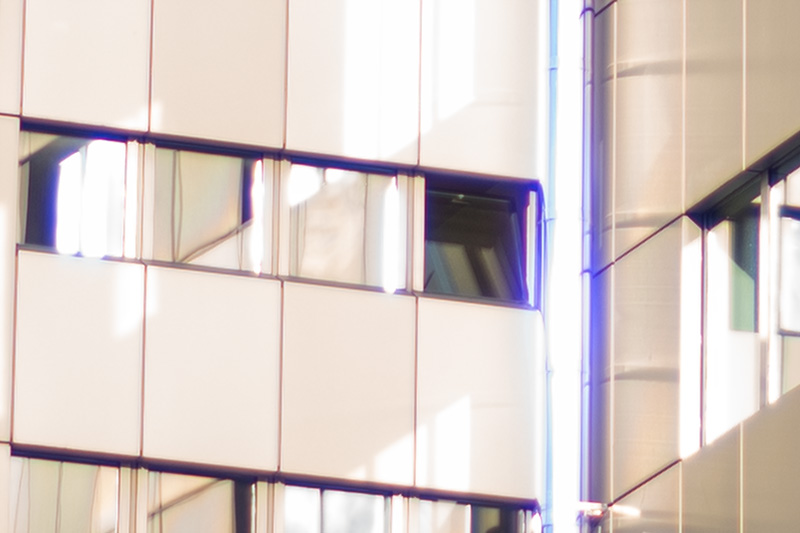



Not a bad 50/0.95. But in 2023 it does not stand out either.
Hey Bastian,
I think, this must be lens number 106.869 with F0.95 reviewd here.
I am suprised, why people should be interested in theese kind of lenses. If you look at it this way:
-F0.95 is close to F1, only one F-stop away from F1.4
-these lenses are massive: heavy and big
-optical performance isn’t great either.
I would even expect a more compact Minolta 50 mm F1.2 to outperform this Leica lens, designed decades before the Leica. And the difference in boke isn’t too much (at least quantity)
These facts are only leaving the fascination of owning an “under F1.0” lens. But still, there must be a big enough market for these lenses, when any chinese manufacture has one of these lenses to offer.
You should be careful comparing an f/1.2 SLR lens to an f/0.95 rangefinder lens.
One is much easier to design than the other.
This doesn’t mean I disagree with you, because actually I do 🙂
I think the chinese manufacturers can sell a lot of these because the next best alternative used to cost 5 figures,
so $400-500 don’t sound that bad…
I have been eyeing the Voigtländer 50mm 1.0 Nokton for a while now, and am uber-interested to find out where it will fit in your upcoming comparison of super-fast 50s.
The Noctilux remains a legend, even if the competition has caught up quite a bit by now, but even by Leica’s lofty pricing standards, it’s hard to argue that you’re getting any kind of reasonable value at this point in time.
I’ve been waiting for a real review on this lens and not just a fan boy ode to joy. thank you for delivering a wonderful review of an interesting lens. and dirk is a legend for supplying. did you get a chance to shoot any film on it, did you find the corner bokeh any more tolerable?
One can appreciate all the difficulty to design such a lens (especially considering its age). But when I judge a lens as a tool, that’s a separate matter. I don’t like the lens (as subjective as that is, of course). I didn’t before this review, and the review has just reminded me of the reasons why that is the case. It’s all about those edges and corners in oof areas. Other flaws I could live with. Today this lens only makes sense as a “bokeh lens”, and that’s where it fails for me; except on smaller sensor cameras. But I don’t see it as a perfect fit for a crop sensor camera anyway.
And don’t get me wrong folks, I’m glad I dislike it; that’s very good for my wallet.
No matter, it was very interesting to see what Bastian’s take would be and how will this lens perform on a more technical level, compared to others (I know, comparison article is coming too, neat!). In general, my take is that, on average, one should consider sacrificing some of that speed and also take a look at “slow” F1.1-F1.2 options out there. Besides, with much field curvature, a faster lens can actually offer less oof blur anyway.
On a more positive note, I still prefer this one (and very much so) compared to another collectors item, “the dream lens” from Canon. Who knows, maybe we’ll get to see that review some day as well. 🙂
Thank you, as always, for all the good work and dedication.
Great review, as always. I’ve owned some Noctilux lenses myself (a 0.95 one and several 1.0), but I’ve always ended selling them because, well, they’re rather collectible items than lenses and I felt uncomfortable carrying such an expensive chunck of glass. While I really loved the way they render (much more the f/1.0 version than the 0.95), I think you can be much better served by much cheaper lenses like the Voigtländer fast fifties. Currently I own the Voight 1.2, which I find superb, plus some much older lenses (which I got at a good price) for the sake of that “vintage” look or “character” (actually, just for fun!), like the Canon LTM 50/1.2. Heck, you can have a real panoply of great 50mm for the price of a single Noctilux, so it’s a no brainer for me. All in all: I agree 100% with your review.
The Noctilux 0.95 is an interesting lens.
The 0.95 is the only ultra fast lens that puts a sharp focus on the subject, wide open, with a 5 group FLE construction; complete with the all assocaited optical flaws.
The Voigtlander 50mm f1 is a 9/7 optical design, also floating element. Most people who try it are very impressed.
I prefer the f1 V3 over all of them but that’s down to personal taste.
Very detailed review with great sample photos. The outcome did not surprice me given the age of the lens and rangefinder design. In the end even Leica is bound by physics and can not use magic. And if they would have found the holy grail of optics with the Noct 0.95 then it would have been copied a thousand times already.
The good thing about this review is that it gives a lot of insight of what to expect from a lens so expensive most of the people here never buying one. And, great news, it will bring prices down for the Noct. 😉
I wouldn’t be so sure about that last part 🙂
Thank you very for your review which is again proving to me why I have to buy this lens😁it’s simply amazing!
Nice review, thanks a lot for sharing!
I think it’s a cool lens for the film photographer using a rangefinder: super fast, no distortion, no focus shift, reasonably controlled vignetting. I’m sure they optimized the design for this. And they built it well: mechanical engineering is top notch and the lack of onion rings is telling.
Today, we can correct even complex distortion, offset the vignetting, and live view reduces the annoyance of focus shift to a minimum. Obviously the competition is better optimized for this. I would love to see Leica’s take on this new set of constraints: their new apo 35 seems as good as Voigtlander’s optically and better mechanically at half the size (and 5x the price), so obviously they can build a nice modern lens. But is there even a market for a new fast 50?
Your review of the unreachable Noctilux makes me even more grateful for what contemporary lens designers are able to achieve. My latest lens is the Fujifilm 56/1.2. It costs one tenth of the Noctilux, and is free from all the faults that you describe.
If we could show the current generation of lenses to photographers from 1973 or 1983, I think they would be very impressed.
You really comparing this work of art to a Voigtlander? Lol
The 50 0.95 is a unique lens for street photography. I use it quite often; it’s great for making people stand out from the crowd while maintaining sharpness where needed. The 50 1.0 is perfect for dreamy portraits. The 0.95’s rendering is modern and works great on both the M9 and M11. The M9 will give a much more film-like look, which I prefer.